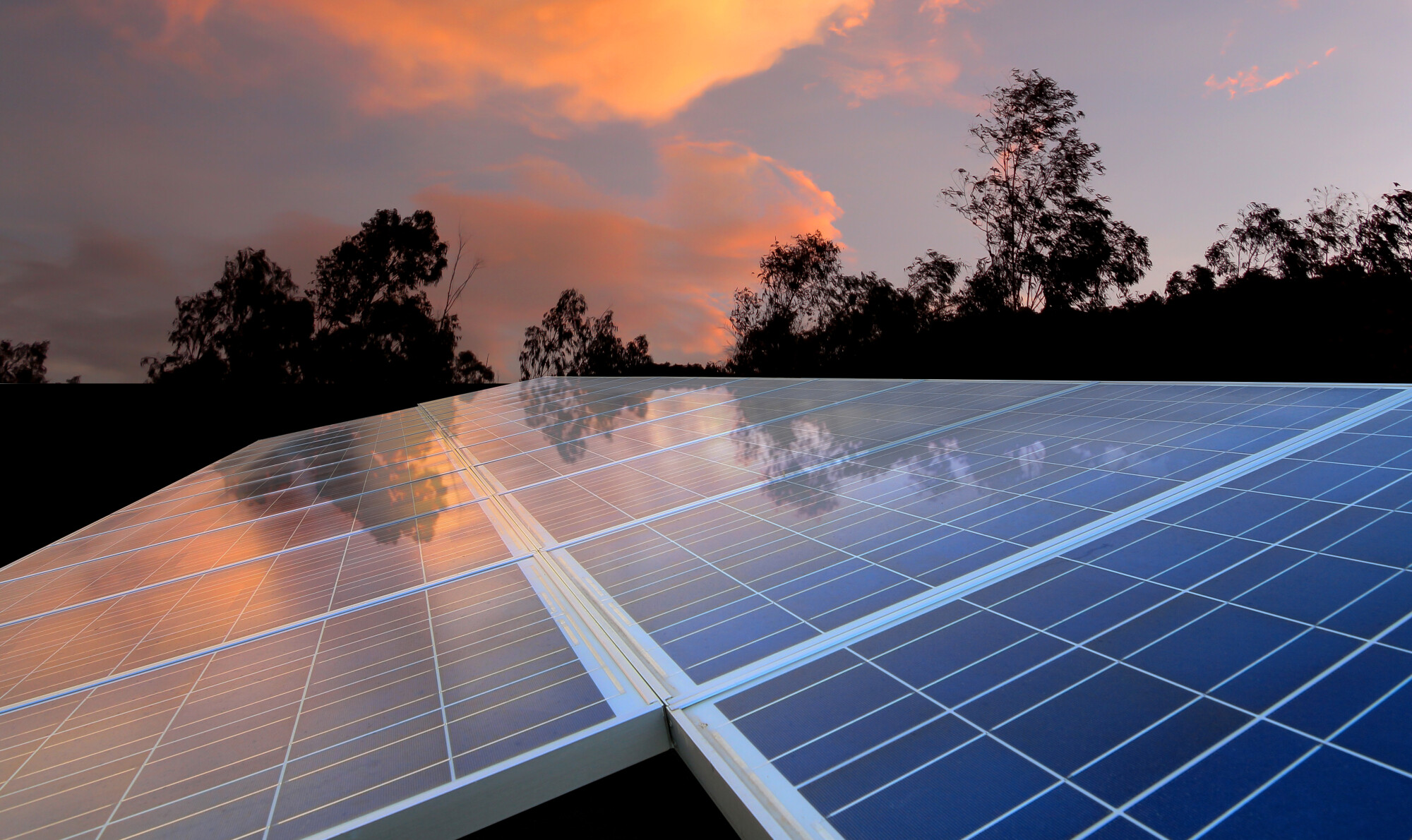Environmentally-conscious homeowners play a significant role in reducing greenhouse gases.
Substituting HVAC units with energy-efficient heating and cooling systems is one example. Switching to LED lights, composting, recycling, and buying “energy star” refrigerators also help.
Another solution is solar power; however, many homeowners shy away from this route due to cost.
While the upfront cost of solar panels is more expensive than LED lightbulbs, the long-term savings are impossible to ignore.
Discover more reasons to try solar power, and uncover the science behind solar energy 101.
Is Your Home Ready for Solar Power?
One frequently asked question about solar power is whether or not solar panels work on cloudy days.
The short answer is yes; solar panel systems power homes without interruption on gloomy days; the same goes for rain and snow days. However, the long answer is a bit more complicated.
Solar panels generate electricity from both direct and indirect solar sources. On cloudy days, panels generate electricity from reflected light. Rain also washes away dirt, debris, and buildup.
Solar energy systems use stored solar energy to power homes on cloudy days. If panels generate more than the metered cap, the excess energy is used on gloomy or rainy days. Check the solar power metered policy in your city to learn more.
While homeowners in rainy areas can install solar panels, panels are more effective in sunny places like the desert. If too many trees are obstructing direct sunlight, you’ll need to remove them first before installing solar panels.
Solar Energy 101: How Do Solar Panels Work?
The technical name for solar panels is Photovoltaic cells. Photovoltaic is the scientific term for turning sunlight into energy. Solar panels contain anywhere from thirty to over a hundred cells.
You can’t generate electricity without a charge. Engineers apply silicone, phosphorous, and boron to create the electrical charge necessary to power homes.
Solar panel material used to be thick and bulky, which turned off many homeowners in the past. The latest solar panel cells are thinner than a human hair! Today’s panels adapt much better to roofing and home design.
You can also look into other forms of solar power, like concentrated solar power and solar thermal technology.
Concentrated solar power systems, or CSPs, use mirrors and receivers to generate power. Solar thermal alternatives convert sunlight into heat; this heat is used to power your entire home or business.
How to Find Solar Power Services
Solar power companies are sprouting up all over the country. Start with a simple search for solar near me to limit your choices to local services only.
Make a shortlist of top solar providers in your area, and request free quotes to compare prices and services. You could also call and talk to a service representative for more information.
Online reviews and testimonials are also available to get a closer look at a company’s processes, policies, and professionalism.
Let the Sun Shine
Is your home an ideal candidate for solar power? Remember this solar energy 101 guide as you investigate your options.
Switching to solar power is a huge decision for homeowners. Follow the blog to discover even more tips and advice.




